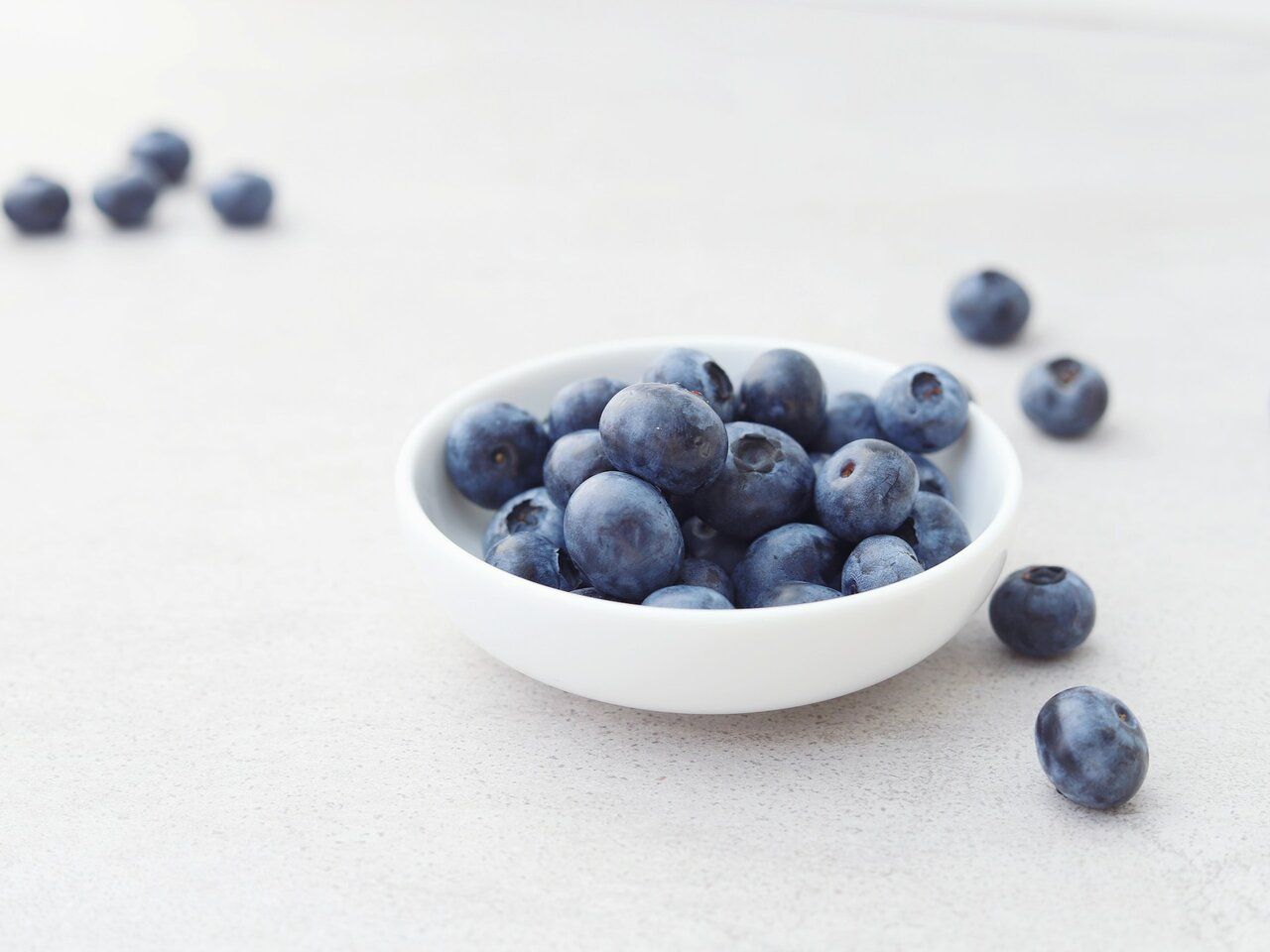NAD and Cancer: What We Know and What We Don’t
Cancer remains one of the most complex challenges in modern medicine. As scientists search for new treatments, one molecule keeps appearing in research: NAD+ (nicotinamide adenine dinucleotide).
This essential coenzyme plays crucial roles in energy production, DNA repair, and cell survival. But its relationship with cancer is complicated.
Some studies suggest NAD+ could help fight cancer. Others raise concerns about feeding tumor growth. So what should you know about NAD and cancer risk?
Key Takeaways
- Scientists can target NAD+ metabolism to starve cancer cells while NAD+ supports your immune system’s natural cancer-fighting abilities.
- Studies show NAD+ supplements don’t increase cancer risk in healthy people and may improve overall health and longevity.
- Your immune cells need adequate NAD+ levels to effectively hunt down and destroy cancer cells.
- If you have active cancer or genetic risk factors, consult your healthcare provider before taking NAD+ supplements.
How NAD+ Works in Your Body
NAD+ is like a cellular currency. Your cells use it for hundreds of different processes every day.
Think of it as fuel for cellular repair and energy production. Without enough NAD+, your cells struggle to function properly.
As you age, your NAD levels naturally decline. By age 50, you might have half the NAD+ you had at 20.
This decline affects everything from energy levels to DNA repair mechanisms. It’s one reason why cancer risk increases with age.
Lower NAD+ levels are also linked to increased inflammation and are often observed in chronic inflammatory conditions1. Chronic inflammation can promote tumor growth, increase treatment resistance, and suppress your immune system.
Your Immune System and NAD+
Your body’s ability to fight cancer depends heavily on immune cells called CD8+ T cells. These are your cellular warriors that hunt down and destroy cancer cells.
Recent research reveals that NAD+ is essential for these T cells to function properly2. Without adequate NAD+, your immune system can’t mount an effective anti-cancer response.
The kynurenine pathway, which produces NAD+, helps maintain T cell fitness in tumor environments. This suggests that supporting NAD+ levels might boost your natural cancer defenses.
Studies show that targeting NAD+ metabolism can improve T cell function and enhance their ability to kill cancer cells3. This creates an interesting paradox in cancer treatment.
Targeting NAD Metabolism in Cancer Treatment

Cancer cells have a dirty secret. They’re energy hogs that consume massive amounts of NAD+ to fuel their rapid growth.
Scientists have found ways to exploit this weakness. By blocking NAD+ production in cancer cells, they can starve tumors of essential nutrients.
Research shows that targeting key enzymes like NAMPT (nicotinamide phosphoribosyltransferase) can effectively kill cancer cells4. When you cut off their NAD+ supply, tumors struggle to repair DNA damage and maintain energy production.
PARP inhibitors represent another promising approach. These drugs block an enzyme that uses NAD+ for DNA repair. Studies demonstrate that PARP inhibitors improve survival rates in certain cancers, especially those with BRCA mutations5.
However, these treatments work by depleting NAD+ in cancer cells. This raises important questions about NAD+ supplementation during cancer treatment.
NAD+ Supplements: Are They Safe?
Here’s where things get interesting. Despite concerns about feeding cancer cells, research on NAD+ supplements tells a different story.
Long-term studies in mice found that nicotinamide mononucleotide (NMN, a popular NAD+ precursor) didn’t increase cancer risk6. In fact, supplemented mice lived longer and healthier lives.
The mice showed improved metabolic health and reduced frailty. No increase in tumor formation was observed over their lifespans.
This suggests that normal NAD+ supplementation doesn’t necessarily fuel cancer growth. The difference might lie in how healthy cells versus cancer cells use NAD+.
Potential Concerns in Cancer Metabolism

Cancer cells are remarkably adaptable. They can sometimes find ways around treatments that target NAD+ metabolism.
Some cancers develop resistance by altering their metabolic pathways7. They essentially rewire themselves to survive NAD+ depletion.
For example, cancer cells might inactivate certain enzymes to protect themselves from NAD+ depletion strategies. This can make treatments less effective over time.
There’s also theoretical concern that boosting NAD+ levels could support cancer cell metabolism. Cancer cells have high energy demands and efficient DNA repair mechanisms.
However, cancer biology often defies simple explanations. Some tumors are “cold” – they hide from your immune system with few attacking T cells. Others are “hot” with active immune responses.
Interestingly, increased tumor cell growth can sometimes transform cold tumors into hot ones. This may actually improve your response to chemotherapy and lead to better survival outcomes8.
Current research hasn’t shown increased cancer risk from NAD+ supplementation in healthy individuals.
What the Research Shows
Let’s look at what different studies have found about NAD+ and cancer:
| Approach | Potential Benefit | Concern/Risk |
|---|---|---|
| NAD+ Metabolism Targeting | Inhibits tumor growth and survival | Cancer cell adaptation, therapy resistance |
| Sirtuin Modulation | May improve health, delay aging | Impact on tumor biology not fully understood |
| NAD+ Precursor Supplementation | No increased tumor burden in mice | Theoretical risk of supporting tumor metabolism |
| PARP Inhibitors | Improved survival in DNA repair-deficient cancers | Risk of secondary malignancies |
| Genetic Factors (e.g., SDHx) | N/A | Increased cancer risk via NAD+ pathway |
The data shows a complex picture. NAD+ can both help and hinder cancer depending on the context.
Who Should Be Cautious?
Certain genetic factors can affect how NAD+ impacts cancer risk. Mutations in genes like SDHx can destabilize tumor suppressor proteins like p539.
These genetic changes alter NADH/NAD+ metabolism in ways that may increase cancer risk. If you have a family history of certain cancers, genetic testing might provide useful information.
PARP inhibitor treatments, while beneficial for some cancers, can increase the risk of secondary blood cancers2. This risk appears higher in certain genetic backgrounds.
People undergoing cancer treatment should discuss the potential benefits NAD+ supplementation with their oncologist. The timing and type of treatment matter.
What We Still Don’t Know

Research on NAD+ and cancer is still evolving. Many questions remain unanswered.
We don’t fully understand how different types of cancer respond to NAD+ modulation. Some might be more sensitive than others.
The optimal timing of NAD+ interventions remains unclear. Should you boost NAD+ before, during, or after cancer treatment?
Long-term effects of NAD+ supplementation in cancer survivors need more study. Most research has focused on short-term outcomes.
Individual genetic variations likely affect NAD+ metabolism and cancer risk. Personalized approaches may become important in the future.
The Bottom Line
NAD+ plays a crucial role in both cancer development and treatment. The relationship is nuanced and depends on many factors.
Current evidence suggests that NAD+ supplementation doesn’t increase cancer risk in healthy individuals. Animal studies support this finding.
However, people with active cancer or genetic predispositions should consult healthcare providers before taking NAD+ supplements. Treatment context matters enormously.
The most promising applications involve targeting NAD+ metabolism in cancer cells while supporting immune function. This dual approach may offer the best of both worlds.
As research continues, we’ll likely develop more sophisticated ways to use NAD+ in cancer prevention and treatment. The key is understanding when to boost it and when to block it.
For now, supporting healthy NAD+ levels through lifestyle factors like exercise, sleep, and proper nutrition remains a safe approach for most people. Supplementation can be considered based on individual circumstances and medical guidance.
The future of NAD+ and cancer research looks promising. But like many aspects of cancer biology, the answers are complex and highly individual.
Referenced Sources
- https://pmc.ncbi.nlm.nih.gov/articles/PMC10893221/ ↩︎
- https://www.cell.com/cell-reports/fulltext/S2211-1247(23)01530-9 ↩︎
- https://link.springer.com/article/10.1007/s00432-022-04124-9 ↩︎
- https://www.ncbi.nlm.nih.gov/pmc/articles/PMC11206297/ ↩︎
- https://pubmed.ncbi.nlm.nih.gov/35212587/ ↩︎
- https://pmc.ncbi.nlm.nih.gov/articles/PMC10738395/ ↩︎
- https://pubmed.ncbi.nlm.nih.gov/37190889/ ↩︎
- https://pmc.ncbi.nlm.nih.gov/articles/PMC10458686/ ↩︎
- https://pmc.ncbi.nlm.nih.gov/articles/PMC3276278/ ↩︎





















































